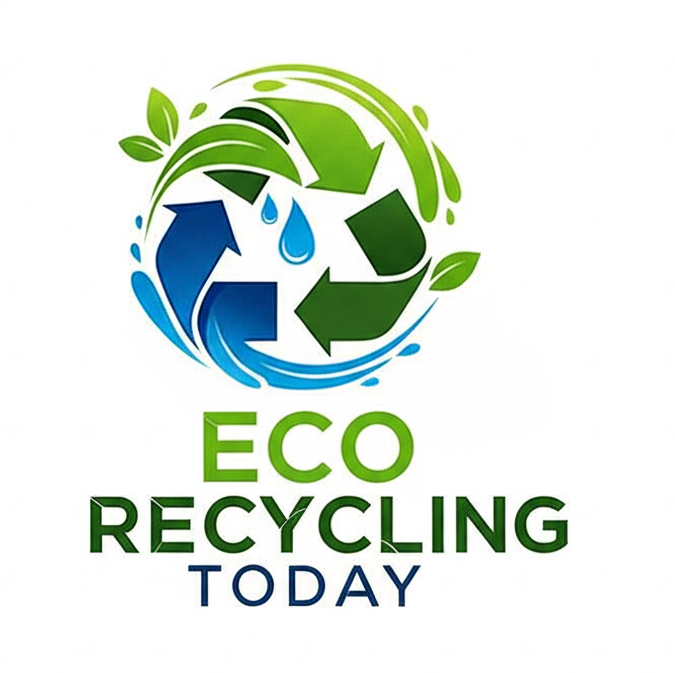In the evolving world of 3D printing, sustainability is no longer just a trend—it’s a necessity. As industries and individuals look for more environmentally responsible materials, Recycled PET Filament (rPET) has emerged as a smart, sustainable, and high-performance choice. We’ll break down what recycled PET filament is, why it matters, and the key advantages it offers for both hobbyists and professionals.
What Is Recycled PET Filament?
Recycled PET filament is a 3D printing material made from post-consumer PET (polyethylene terephthalate) waste—commonly found in plastic water bottles, food packaging, and containers. Instead of discarding this plastic into landfills or oceans, manufacturers process it into filament for FDM 3D printers, giving it a second life.
The process includes:
- Collecting and sorting PET waste
- Cleaning and removing contaminants
- Shredding and melting the plastic
- Extruding and spooling it into filament
The result is a durable, eco-friendly filament that performs similarly to PETG, but with a significantly lower environmental impact.
Advantages of Recycled PET Filament
1. Environmentally Friendly
The primary benefit of rPET filament is its positive environmental impact. It helps divert plastic waste from landfills and reduces the demand for virgin plastic production. Using rPET promotes a circular economy, where materials are reused rather than discarded.
2. Strong and Durable
Recycled PET filament offers excellent mechanical properties. It’s tough, impact-resistant, and water-resistant, making it suitable for functional parts, mechanical prototypes, and long-lasting prints.
3. Easy to Print With
rPET prints similarly to PETG and is compatible with most FDM printers. It exhibits low warping, good layer adhesion, and minimal shrinkage. It doesn’t require an enclosure, making it beginner-friendly.
4. Heat and Chemical Resistance
Unlike PLA, recycled PET can withstand higher temperatures and offers moderate chemical resistance, expanding its application range in industrial and engineering fields.
5. Great Surface Finish
rPET delivers a smooth, glossy finish, especially in transparent or translucent colors. It’s perfect for both aesthetic designs and structural applications.
6. Recyclable Again
In many cases, printed rPET parts can be reprocessed and recycled again, further minimizing waste. This makes it ideal for users focused on reducing their overall footprint.
Typical Uses of rPET Filament
- Prototyping and functional parts
- Eco-friendly product design
- Educational and research models
- Household tools and gadgets
- Artistic and display models
Whether you’re creating a sustainable product line or working on a school project, rPET offers performance and purpose in one package.
Print Settings (Recommended)
- Nozzle Temp: 230–250°C
- Bed Temp: 60–80°C
- Cooling Fan: On (moderate)
- Enclosure: Optional (not required)
- Storage: Keep dry to avoid moisture issues
Recycled PET filament is more than just an eco-friendly option—it’s a reliable and high-performing material that aligns with the growing need for sustainability in manufacturing and design. By switching to rPET, makers and businesses can contribute to a greener future without compromising on quality or strength.
If you're serious about reducing your environmental impact, Recycled PET filament is one of the best choices in the world of 3D printing.rinters.
